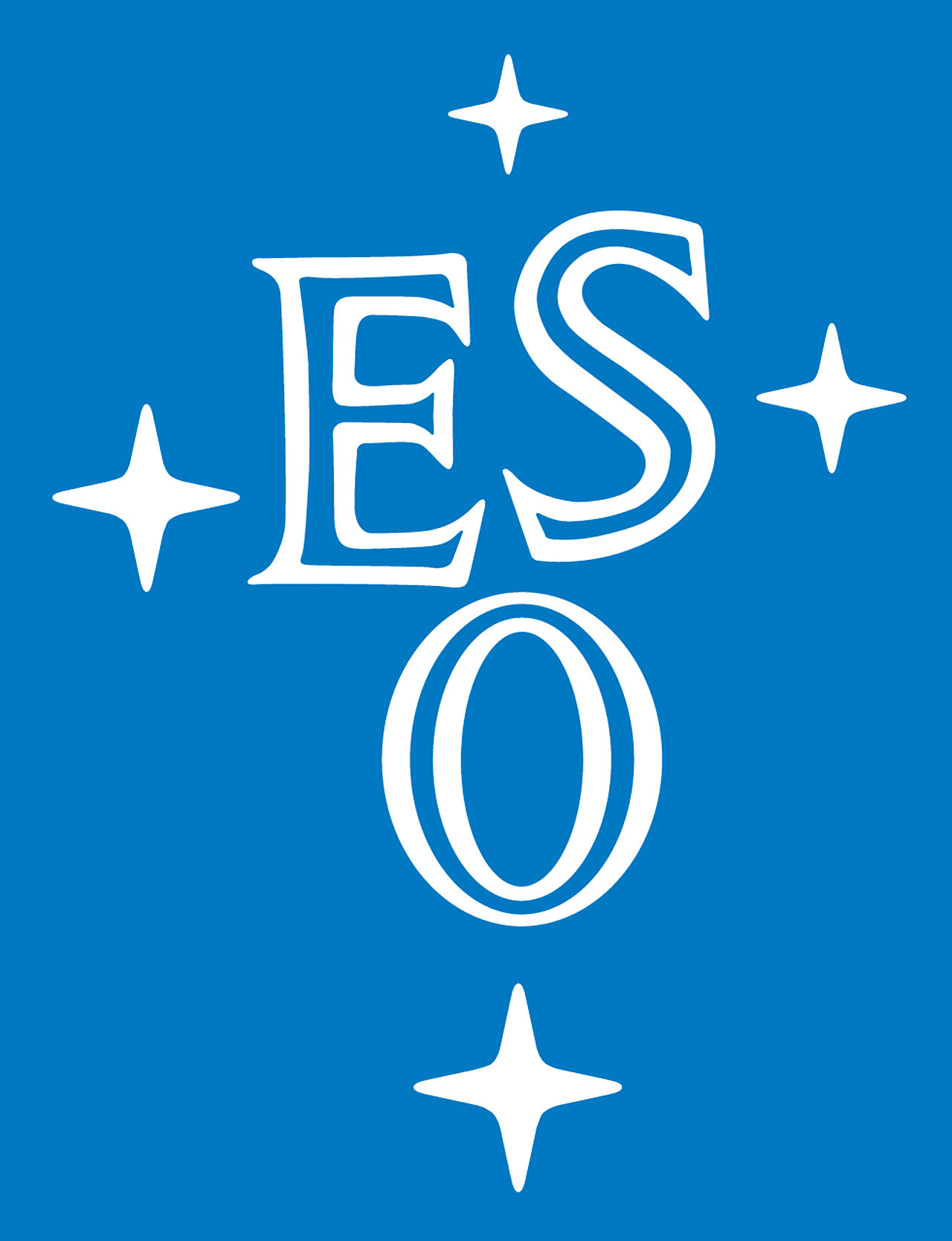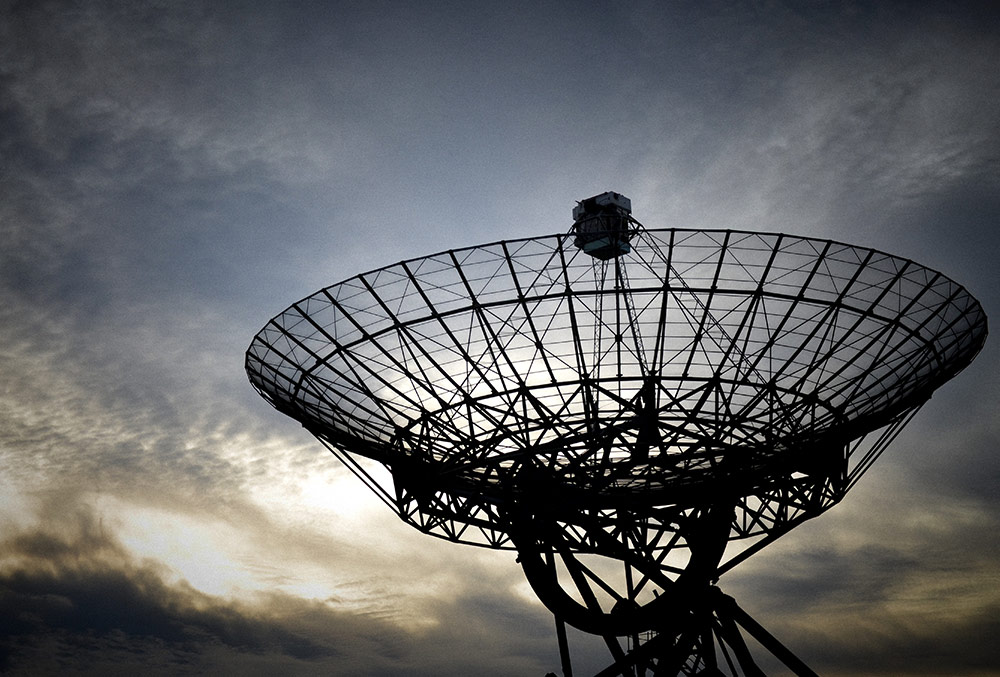Ireland joins the ESO
 The ESO is an intergovernmental organization focused on science and technology in astronomy. In particular, it is focused on the southern hemisphere for access to some of the best sites for telescopes, such as being able to see the Milky Way. There are three main world-class sites in the Atacama Desert; Chile in La Silla, Paranal and Chajnantor. As the most productive observatory in the world, with around 2000 search proposals each year, it is essential for countries like Ireland to get access to this top astronomical technology.
The ESO is an intergovernmental organization focused on science and technology in astronomy. In particular, it is focused on the southern hemisphere for access to some of the best sites for telescopes, such as being able to see the Milky Way. There are three main world-class sites in the Atacama Desert; Chile in La Silla, Paranal and Chajnantor. As the most productive observatory in the world, with around 2000 search proposals each year, it is essential for countries like Ireland to get access to this top astronomical technology.
The Time To Join campaign was launched in 2017 with the aim of getting Ireland to join the ESO before the cost of joining rose – it is based on national GDP, so with that rising the cost of membership was about to rise as well. The membership would give Ireland access to some of the best technology and observing facilities in the world, and as one of the few Western European countries that hadn’t yet joined Ireland was at a major disadvantage.
With a rich astronomical history, Ireland was not only at a disadvantage for not joining the ESO but the ESO could also greatly benefit from the data and research that Ireland has to offer. And in the Time To Join campaign, this had to be boiled down from extensive complicated research to clear, simple messages.
- Because excellence in STEM is crucial for Ireland’s Economic success. #TimeToJoin
- Because without it, our students and research facilities cannot compete #TimeToJoin
- Because Ireland has a legacy of world class physicists and astrophysicists #TimeToJoin
From 1845 to 1917, Ireland had the world’s largest telescope; the Leviathan of Parsonstown. Also known as the Rosse Six-foot Telescope, it was an optical telescope with an aperture of 72 inches. The two mirrors used were made from speculum metal, which tarnishes very easily so one mirror could be used as the other is polished. As of it’s official reconstruction in 1996, the mirrors are made of aluminum with a nickel plating for figuring and polishing but the entire telescope looks identical to the original and remains a fascinating part of history.
The same grounds are now also used for I-LOFAR, the Irish addition to the LOFAR network of telescopes that now spans close to 2000km from Ireland to Poland. It is the 12th european edition to the network, meaning Irish data can be added to the huge low frequency array network that uses incredibly advanced processing and storage systems; it means that Ireland is now part of an essentially Europe-wide telescope network.
The flagship telescope of the ESO is the VLT, or very large telescope. Located in the Paranal site, it is a combination of 4 separate telescopes that can either act as one or individually. One unit telescope can observe objects that are 4 billion times fainter than what can be seen with the human eye, which is a prime example of the incredible technology that ESO members have access to.
Somehow even more incredible than the VLT, the ELT (extremely large telescope) will go live in 2024. Very often referred to as ‘the biggest eye in the sky’, it will be the largest optical telescope in the world, also going into the near infrared. With a 39 metre mirror, it could very well revolutionise astronomy and our perception of the universe. Now, Ireland can contribute to the construction of and utilise this telescope which will give physicists in the country an indescribable advantage.
In October of 2018, Ireland joined the ESO as its 16th member state. It will be worth every penny, as each euro invested is expected to get 6-7 euros back in addition to the unbelievable amount of research and data that will come from this membership. Through press coverage, radio interviews and social media, #TimeToJoinESO played a huge role in supporting Ireland in joining the ESO.



Recent Comments